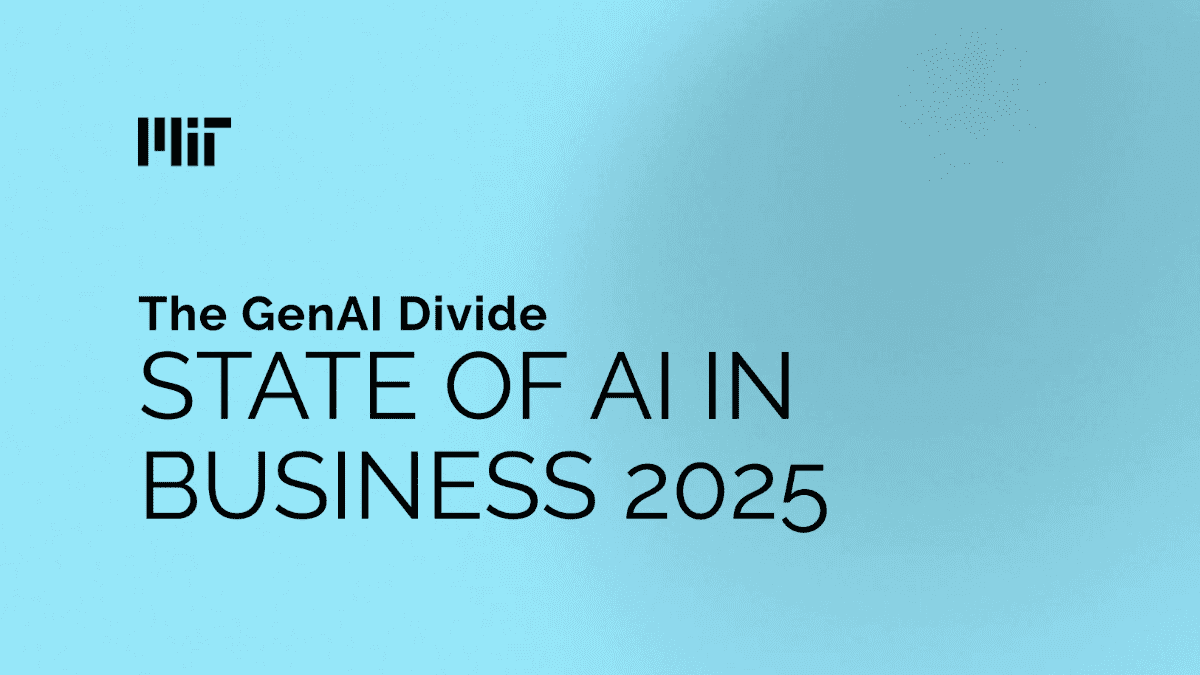MIT’s 2025 GenAI report reveals quite a surprising picture: despite investments worth between $30 billion and $40 billion globally, 95% of organisations still see no meaningful returns on AI tools. Only a small fraction, approximately 5%, of custom tools ever make it into full production. The real barrier, however, is not the technology itself but the lack of learning systems that adapt to workflows and deliver measurable business results. For Africa, this insight is timely, so instead of pursuing wide-range AI tools, true value is found in focused implementations that will reduce cost, flow well with the current tools and eliminate dependence on external parties.
The report shows that while adoption rates are high, structural transformation is still very much limited. Sectors such as technology and media are advancing more quickly, whereas many others are falling behind. Enterprises often conduct multiple pilot projects, but only a few succeed in scaling up. Midsized companies that achieve success typically transition from pilot to production within ninety days, while larger organisations often take over nine months. Notably, workers in more than ninety per cent of organisations already utilise personal AI tools, despite fewer than half of their employers having official subscriptions. This trend reflects African markets, where “shadow AI” is already integrated into daily workflows. Instead of viewing this as a compliance issue, leaders should analyse these grassroots initiatives and formalise their successes.
Organisations have reported savings of up to ten million dollars annually in business process outsourcing costs, especially in areas like customer service and document processing. Some have reduced agency spending on creative and content-related tasks by nearly a third. Even in front-office operations, companies are experiencing lead qualification that is forty per cent faster and noticeable improvements in customer retention. For African companies, this highlights immediate opportunities in outsourced functions such as call centres, reconciliation, KYC checks, and content design. Integrating language learning models into existing systems to replace parts of these contracts can yield quick and visible results.
The report reveals that the most successful companies approach GenAI adoption as a business process outsourcing initiative rather than merely a software purchase. Partnering with external vendors is nearly twice as effective as developing tools in-house. Executives focus on solutions that can learn, retain context, and seamlessly integrate with existing platforms like Microsoft 365 or Salesforce. In Africa, this strategy recommends partnering with local system integrators, telecom companies, and ERP vendors to reduce procurement risks and start with specific, high-value use cases like claims processing in insurance, invoice coding in finance, or call summarisation in telecommunications.
The global market is rapidly transitioning from pilots to production, and the opportunity to acquire learning-capable tools is diminishing quickly. For African businesses, the best approach is to concentrate on measurable, process-specific automation that cuts external spending before pursuing high-profile use cases. By starting small, demonstrating value quickly, and scaling thoughtfully, Africa can sidestep the challenges of stalled pilots and firmly establish itself on the profitable side of the GenAI divide.








